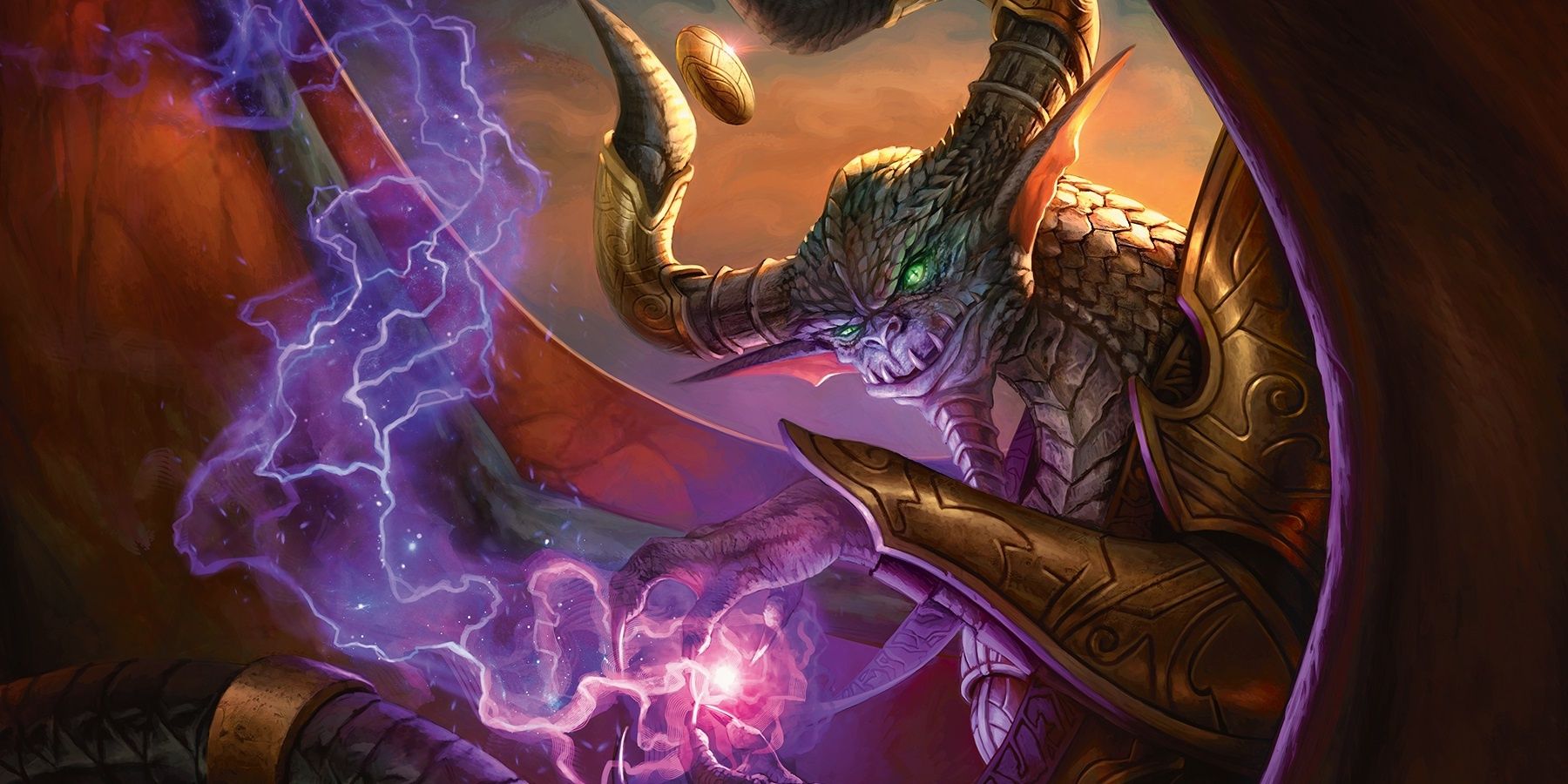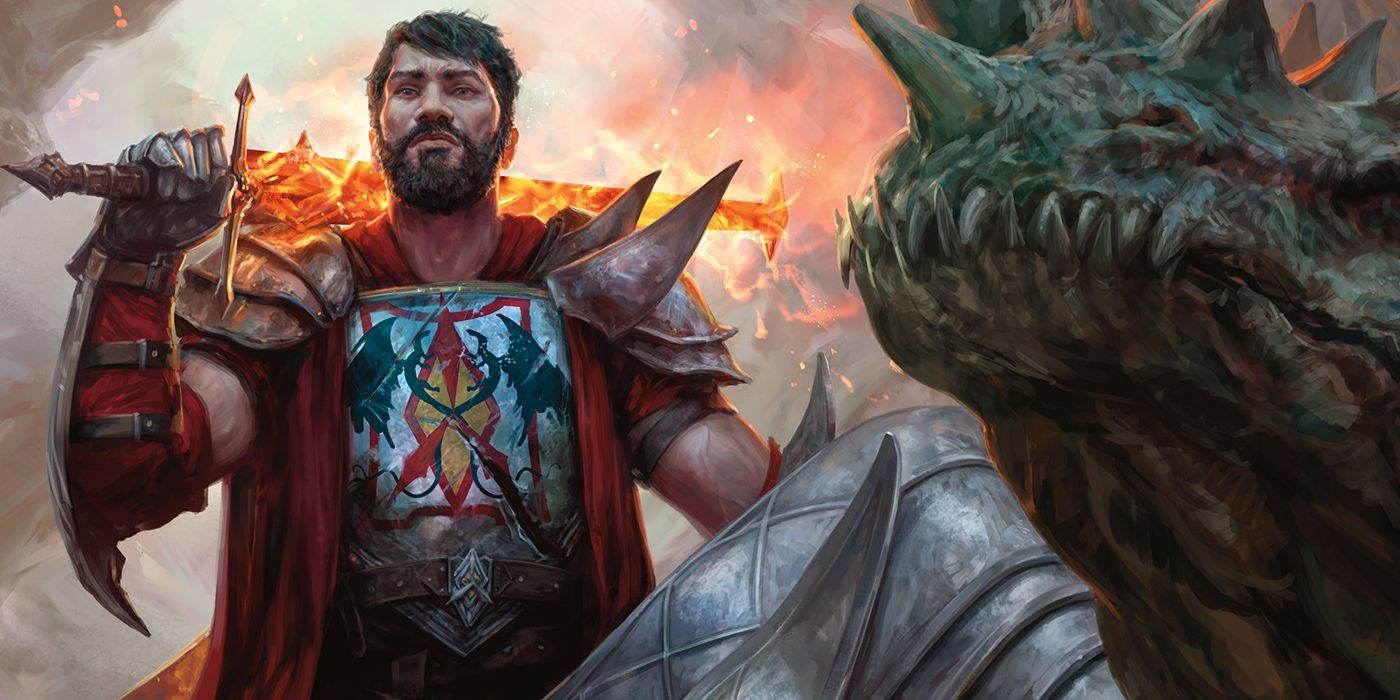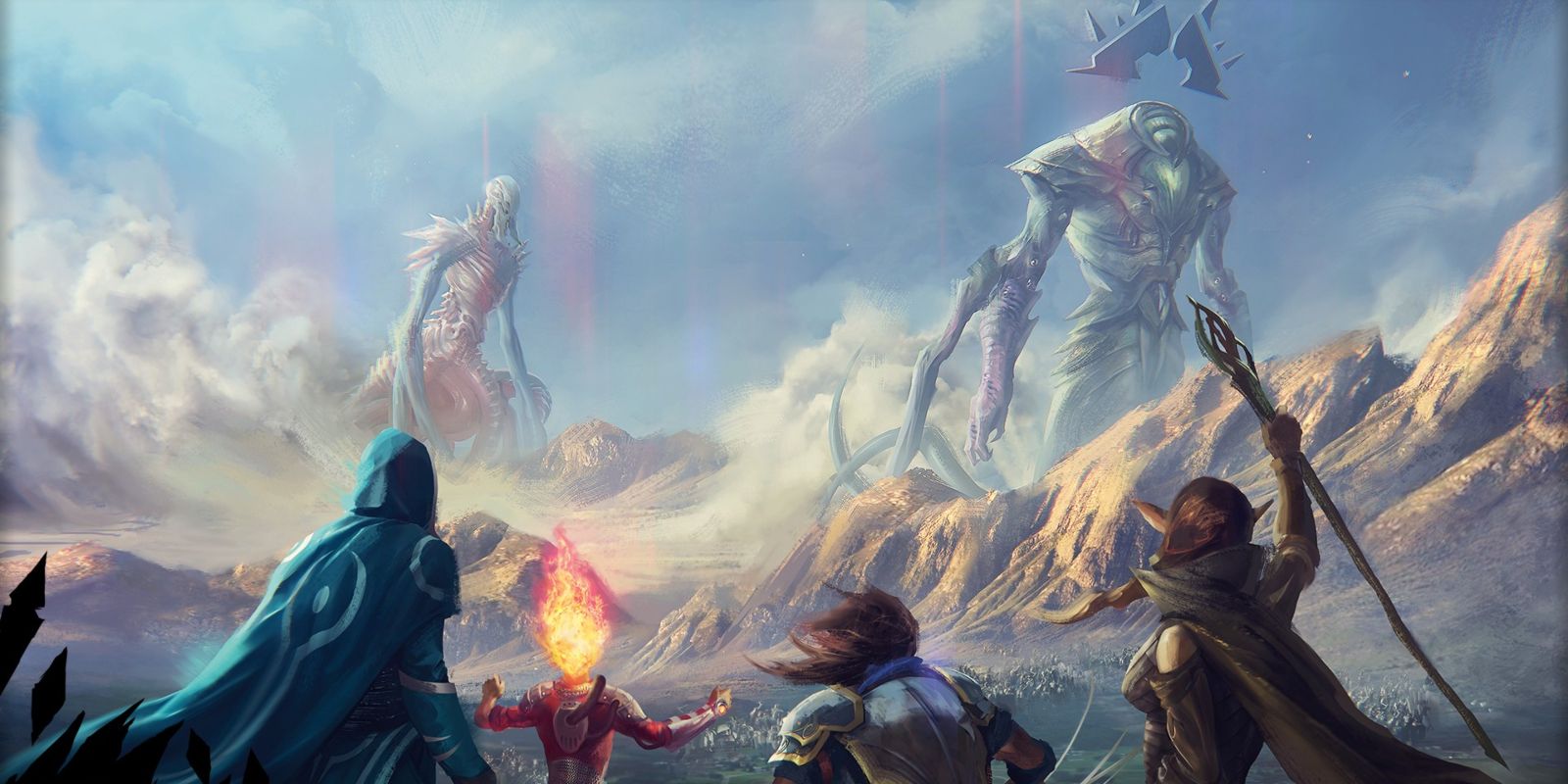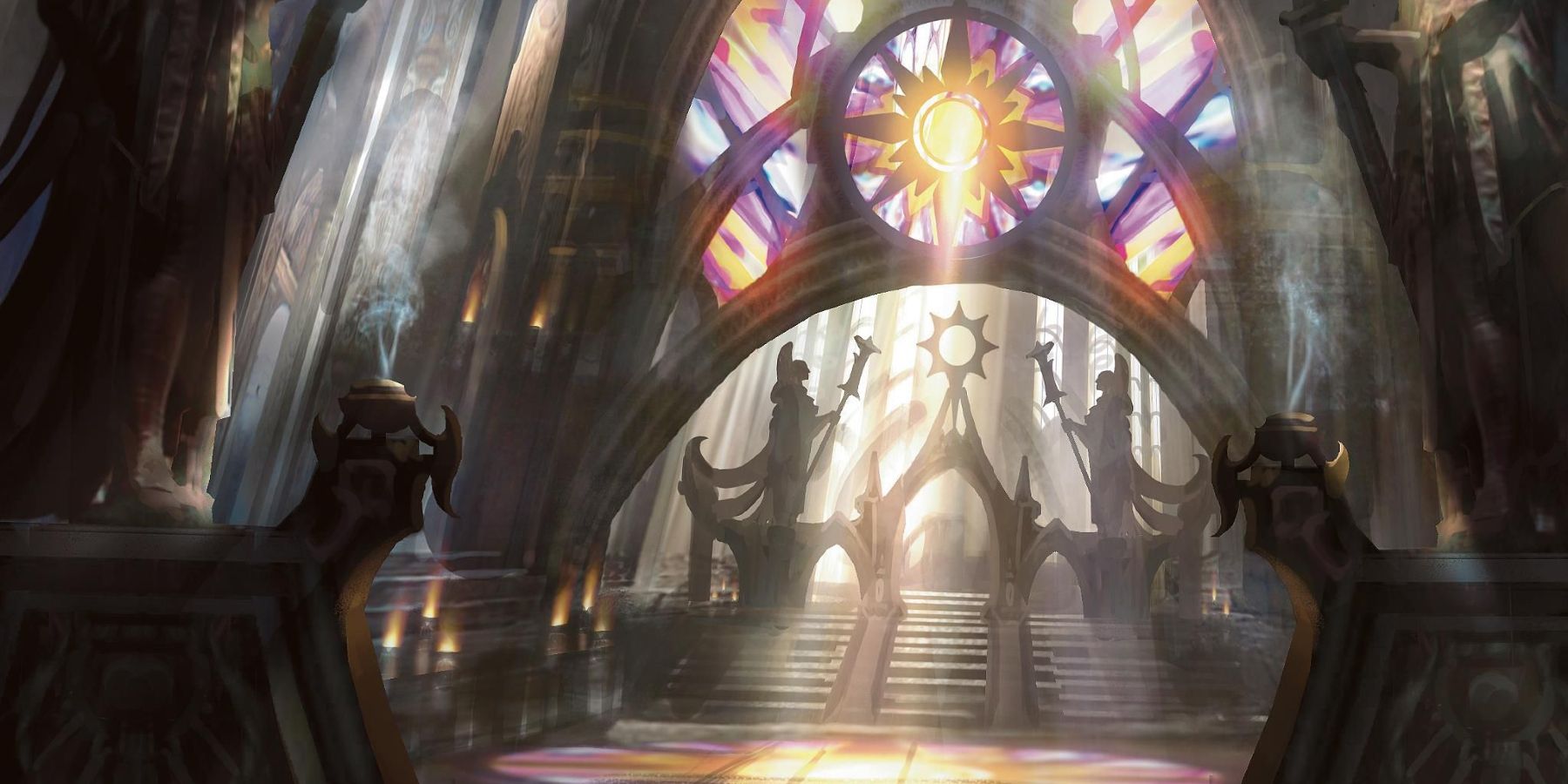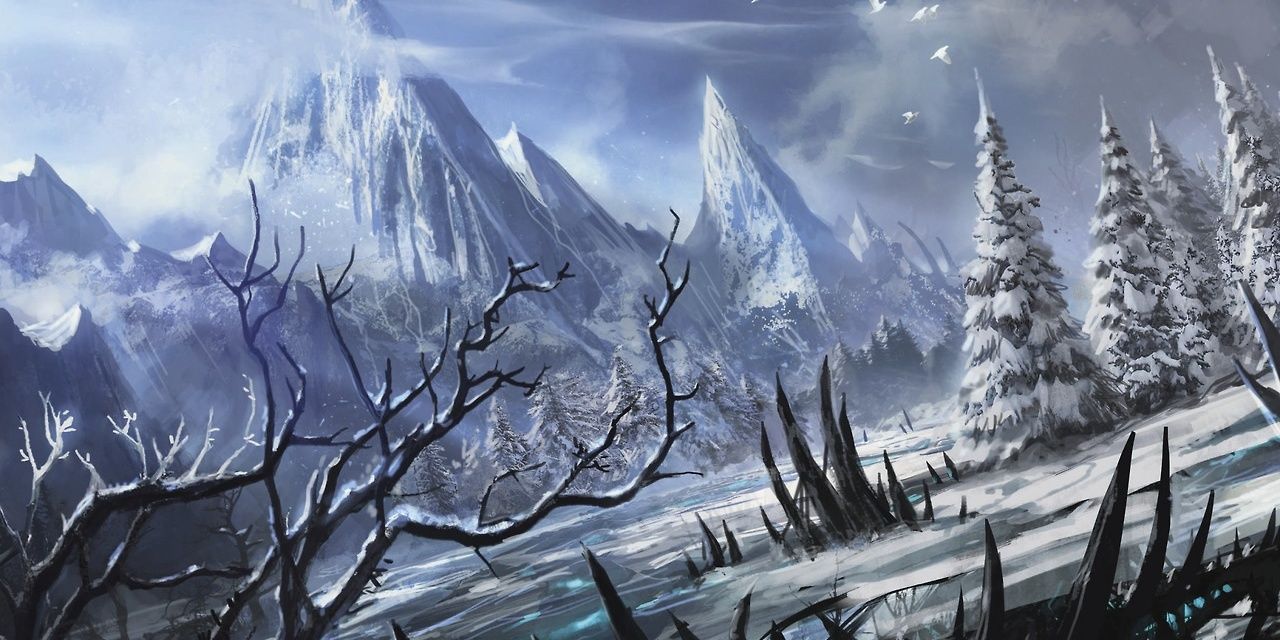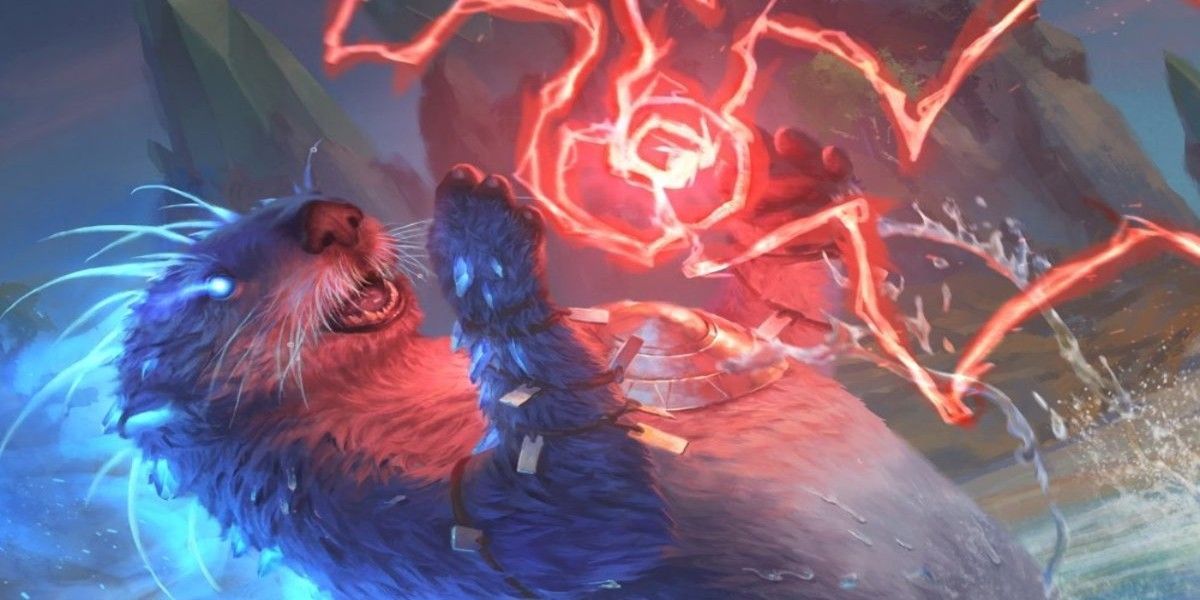It's true that no player will win every game of Magic: the Gathering, not even at pre-releases, but there are some ways to even the odds.
New Magic: the Gathering sets and products are slated for release this year, from the Core Set 2021 to this falls Zendikar Rising, not to mention Planeswalker Decks for M21 and the upcoming Double Masters. Some Limited events are draft, and pre-releases tend to be sealed pool: you receive six booster packs and use those cards and any number of basic lands to make a deck of 40 cards or more. However, there are still ways to maximize your odds of victory at such events.
Study The Set
Before any product comes out, like Core Sets, expansion sets and Masters sets, Wizards of the Coast will preview all the cards online. These cards are shown a few at a time at first, with particularly flashy cards being revealed early on, and the rest are all added after a point. You can use this as a great reference for any set's contents and carefully see what the set offers in each color and color combination. How strong is red removal this time? Does green have good beaters? Is blue going for mill? Are there a lot of mana-fixing cards? This advance knowledge and more can guide your deckbuilding decisions at the prerelease itself.
Look Up Archetypes
Each set contains a variety of archetypes that are based on certain combinations of colors, creature tribes (not always), speed and more. Some of these archetypes are clear, such as Innistrad's red-black Vampire aggro. Others are more subtle, such as blue-red spells/evasive fliers, white weenie aggro with combat tricks 0r green-black graveyard synergy. Any of the archetypes in a given set will probably be stronger than anything a player makes up on the fly, so be sure to base your prerelease decks around these built-in archetypes. In many ways, the set's designers will do all the work for you. Don't let that go to waste.
Know How To Splash Colors
Most sets make it easy for players to create a mono-colored deck. This may appeal to those who have a clear favorite color or aren't ready for multi-colored decks just yet. But a compromise is to splash a color rather than make a true two-color deck. If one color in your card pool is the strongest but there are a few good cards from a second color, add them without committing to a two-color deck. Often, a powerful creature, a planeswalker or a rare removal spell will merit this. If possible, you can make a two-c0lor deck that's 50/50 on those colors, then splash a third color for a few good spells, such as a red/green beatdown deck that splashes in two really good black removal spells.
Balance The Manabase
No deck is complete without lands, and if you are splashing a color or running a multicolored deck, you will need the right ratios for the lands in your deck. One rule is to count how many cards of a splashed color you have, then add that many plus two or three of the right land in your deck. For example, you splash in three good red cards in your otherwise green deck, so you will have five or six Mountains, and all other lands will be Forests.
If you have a multicolor deck but one color has a lot of colored mana symbols in its cards, consider weighting the mana base toward that color, such as a 60/40 split. This is especially useful if the other color's cards never have more than one colored mana symbols in their costs. Casting a card for 2GG will be difficult if you're sitting on four Plains and one Forest; you'd rather have it the other way around.
Remember BREAD
Regardless of the colors or even the converted mana costs of the cards in your sealed pool, some cards are clearly better than others. In fact, a two-drop might be far better than a six-drop in some cases. BREAD makes this clear. "B" is for "bomb," or any mega-powerful card that can take over a game, such as a five-drop mythic rare creature. Put heavy emphasis on those cards and you include all the right colors in your deck for them. "R" is for "removal," any spell (or sometimes ability) that can destroy your opponent's creatures and make attacking easier. Limited games are nearly always creature-based, so removal is key. "E" is "evasion," or any creature that can avoid attackers via flying, menace, being literally unblockable or having protection from certain colors (protection is fairly rare).
"A" is for "assistants," cards that aren't good enough for B, R or E, but are still decently effective and can hold their own. Last is "D" for "dregs," or the irrelevant cards for your maindeck. Remember that you can use all your other cards as a sideboard, so a dreg card for your main deck (such as narrow artifact removal) can be effective against some opponents. Dregs can actually be quite good if used correctly in your sideboard.

